You can use appearance to change the color of UIPageControl as otherwise it is not accessible. Try doing it in your AppDelegate's didFinishLaunchingWithOptions function as given below.
- (BOOL)application:(UIApplication *)application didFinishLaunchingWithOptions:(NSDictionary *)launchOptions
{
UIPageControl *pageControl = [UIPageControl appearance];
pageControl.pageIndicatorTintColor = [UIColor lightGrayColor];
pageControl.currentPageIndicatorTintColor = [UIColor blackColor];
pageControl.backgroundColor = [UIColor blueColor];
return YES;
}
To apply style only to a particular view controller, you can use appearanceWhenContainedIn instead as following:
UIPageControl *pageControl = [UIPageControl appearanceWhenContainedIn:[MyViewController class], nil];
Only UIPageControl objects contained in the MyViewController are going to get this style.
EDIT:
The black background around UIPageControl at the bottom of your screen is due to the background color of your UIPageViewController not UIPageControl. You can change this color as following:
- (void)viewDidLoad {
[super viewDidLoad];
self.view.backgroundColor = [UIColor blueColor]; //Set it to whatever you like
}
